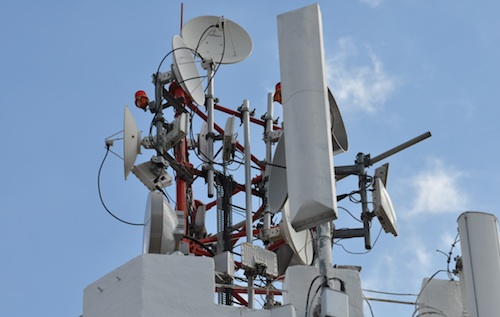
The Independent Communications Authority of SA (Icasa) has finally moved to open up access to the “high demand” spectrum bands that can be used for next-generation mobile broadband services. The way it’s approaching it could help foster more competition in the telecommunications industry, analysts say.
The bands, at 800MHz and 2,6GHz, are ideally suited for building networks using long-term evolution (LTE) technology, which will pave the way to the country’s first fourth-generation mobile systems.
Tim Parle, senior telecoms consultant at BMI-TechKnowledge, says it is encouraging that Icasa has chosen to align the two bands, but the framework remains a “promissory note” in that actual allocation won’t take place before the middle of next year at the earliest and infrastructure roll-out could take a further two years at least.
Analysts agree Icasa’s decision to reallocate a portion of the spectrum that state-owned Sentech holds in the 2,6GHz band is good news for commercial operators.
“Icasa’s reallocation of the 2,6GHz band now conforms more to international standards,” says Parle. The authority must be given some credit because it gave Sentech the allocation with “the best information at time” when it first received access to the band and that international standards subsequently shifted, he adds.
Icasa’s desire to promote new operators has “piqued” Parle’s interest because of the lack of details around the definition of a new operator and suggests this could play into the hands of companies like Dimension Data, which he says are well positioned to make use of spectrum.
One of the more interesting and potentially contentious aspects of the framework is its stipulation that licensees have at least 30% of their equity in the hands of “historically disadvantaged individuals” (HDIs).
This could pose a big problem for both Telkom and Vodacom, which don’t meet the requirement. Also, Icasa needs to present a clear definition of what it means by HDIs, analysts say.
The authority has also stipulated that those granted access to the spectrum will be subject to roll-out targets. Those that gain access to both the 800MHz and 2,6GHz bands will need to achieve 70% geographic coverage within five years — of which 50% must exclude the Gauteng, Cape Town and Durban metros — while those with access to 2,6GHz only will need to achieve a less onerous target of 50% population coverage in four years.
Parle says the 70% target is particularly aggressive and will be tough for operators to meet. He adds that the term “coverage” requires further clarification.
David Lerche, telecoms analyst at Avior Research, says the coverage stipulations are going to be difficult to achieve by newcomers unless infrastructure sharing is employed to facilitate it. He believes tower sharing between operators is going to be essential if new entrants are going to achieve large-scale coverage quickly.
He warns, however, that the incumbents will try to price sharing just beneath the point at which it would make more sense for new players to build their own networks and that this won’t help drive down broadband prices.
Lerche says building a network takes time and billions of rand in investment. He suggests that in order to expedite this process, “regulations around tower sharing are needed because they don’t exist at the moment”.
Icasa is proposing that the first of seven “packages” of spectrum it will license be assigned for wholesale open-access networks. Though the likes of Vodacom and MTN may be best suited to this role, the question remains whether they will be able to use any of the allocation themselves for retail services or whether they will need to create an independent entity from which to purchase access.
Icasa has proposed that wholesale network providers be prohibited from playing in the retail market. — Craig Wilson, TechCentral
- Subscribe to our free daily newsletter
- Follow us on Twitter or on Google+ or on Facebook
- Visit our sister website, SportsCentral (still in beta)




